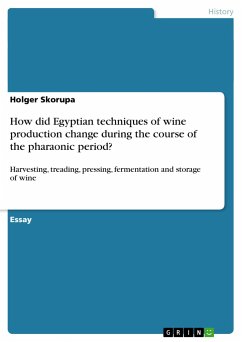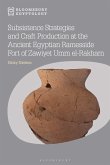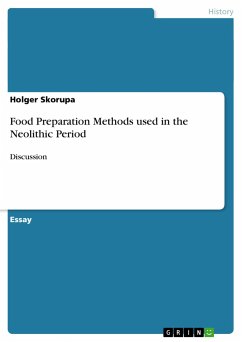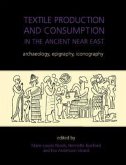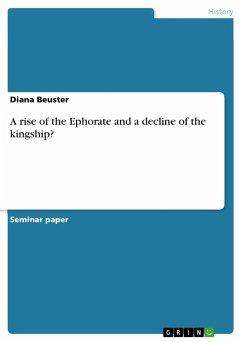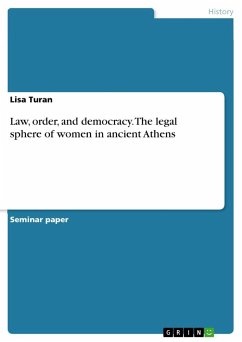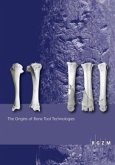Essay from the year 2008 in the subject History - World History - Early and Ancient History, grade: 70 Punkte = 2,0, The University of Liverpool (School of Archaeology, Classics and Egyptology), course: Ancient Egyptian Materials and Technologies, language: English, abstract: How did Egyptian techniques of wine production (harvesting, treading, pressing, fermentation and storage) change during the course of the pharaonic period?"Il est vrai néanmoins, que ce vin [the Egyptian wine] n est pas beaucoup estimé des Francs, à cause qu il reste toujours un tiers de lie, qui le rend trouble aussitôt qu on en veut verser. Mais si on avoit trouvé l invention de la bien faire purifier, ce suroit assurément un vien très délicieux (...)."Although wine could not be indicated to be a typical element of the fauna of Egypt, skilled wine-makers of the Seventeenth Century proofed to produce a well-tasting juice, according to French traveller Vansleb. As archaeologists and historians - representingmodern scholarship - have pointed out, that the wine-making process and its techniques have not been changed dramatically regarding the wine production utilized in Nineteenth and Twentieth Century, it is widely interesting to get to know more about Egyptian wine-manufacturing. Which tools were used to fulfil the difficult wine-making? How did a typical vineyard look like? Were there various types of wine and was it possible to get its taste throughout the whole society of ancient Egypt? Which role was played either by the reigning king or rather the gods - especially the goddess of harvest Renenutet?By investigating and trying to answer these questions, it is certainly necessary to indicate possible sources stressing illustrations as well as textual evidence and archaeological basis. Obviously a huge amount of sources are available regarding the Middle and the New Kingdom, while, concerning the Early Dynasty and the Old Kingdom, useful information are rare. However several scenestaken from tombs dated from both periods give little evidence of techniques being utilized to success the wine-manufacturing. These artistic, textual, and archaeological evidence are highly important to observe, if ancient Egyptian wine could actually be described as "(...) excellent, white, pleasant, fragrant, easily assimilated, thin, not likely to go to the head (...)", as it was signified by Greek Stoic and Philosopher Athenaeus in the Second Century A.D.[...]

